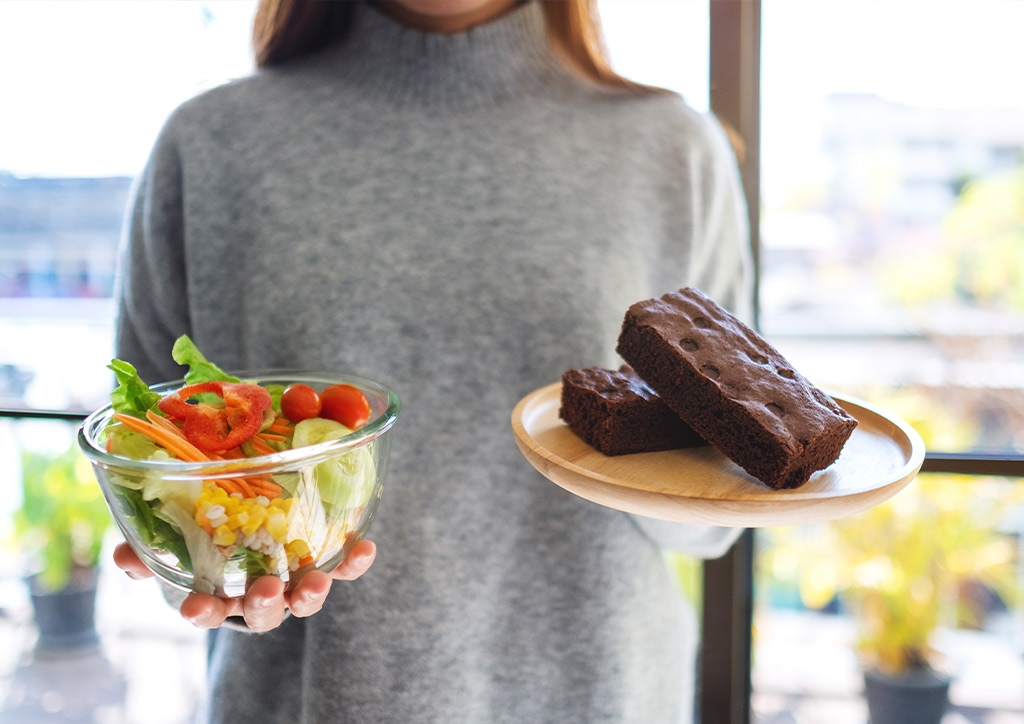Why Filipino Families Struggle With Diabetes
Aside from it being in the family genetics, there are so many factors that lead to Filipinos developing diabetes.
For many Filipinos, diabetes feels like a death sentence. No more puto, kutsinta, bibingka, or many other local sweets and delicacies that we indulge in every Christmas. Beer is off the table as well since it’s loaded with maltose, a kind of sugar. But the obvious removal of those sugary goodies is not the only reason why Filipino families struggle with diabetes.

1. Rice and bread are extremely filling.
Besides rice often being fried with garlic and pepper, many poor families rely on rice and bread as fillers or what many call “pantawid gutom“. As parents, we always want our children to have the best nutrition and food so we sometimes cut corners on our health instead. Some of us take in a lot of rice to make sure that there’s still meat and vegetables left for the kids to eat.
2. Some of the healthier dishes are not pretty to look at.
Learning how to cook vegetables properly is a lifelong journey. Retaining the vibrant colors, flavors, and nutrients is no easy task. Unfortunately, the healthier dishes like Ginisang Monggo, Laing, Pinakbet, and Chopsuey can swing from looking beautiful to looking like a washing machine disaster quick.
3. The Salt-Sweet Cycle
Filipinos love their salty food. There’s bagoong to go with green mango, tuyo, or tinapa to eat with Champorado and many others. This creates a cycle of flavors that’s hard to break. When we eat something salty, we want sweets. It also occurs vice-versa as we try to balance our palate.
4. The Filipino perception of “diets”
Filipinos are not fond of the word “diet” because the word “die” is in it. It’s also hard to explain the concept of “diets” to our elders who offer us all sorts of food because refusal makes us look rude. Since appearances and impressions are extremely important in Filipino culture, we push our health back and just say “yes” to avoid conflicts.
5. Diabetic-friendly options are not cheap.
Going sugar-free means looking for specific labels and chemicals. Some look into aspartame. Others look for maltodextrin. Then, there’s stevia. But some are hesitant in using these because they’re not just price. Some are actually a lot more unhealthy than real sugar in the long run.

Being diabetic doesn’t mean goodbye sweets forever!
Philippine Food and Nutrition Research Institute (FNRI) discovered that there is a way to manage our diabetic condition. It’s even better to start early especially if diabetes is in the family history. Some rely on the CGM (Continuous Glucose Monitoring) device like the Abbott FreeStyle Libre System to make sure that even while enjoying their lives, the price isn’t too high to pay health-wise.
Learn more about Diabetes here.
More on health and diabetes:
Exclusive on Modern Parenting: The Real Story of a Filipina Living with PCOS and Type-1 Diabetes
Families and Diabetes: Why We Need To Be Careful
5 Ways of How Not Knowing Health Issues Can Destroy A Family’s Happiness









